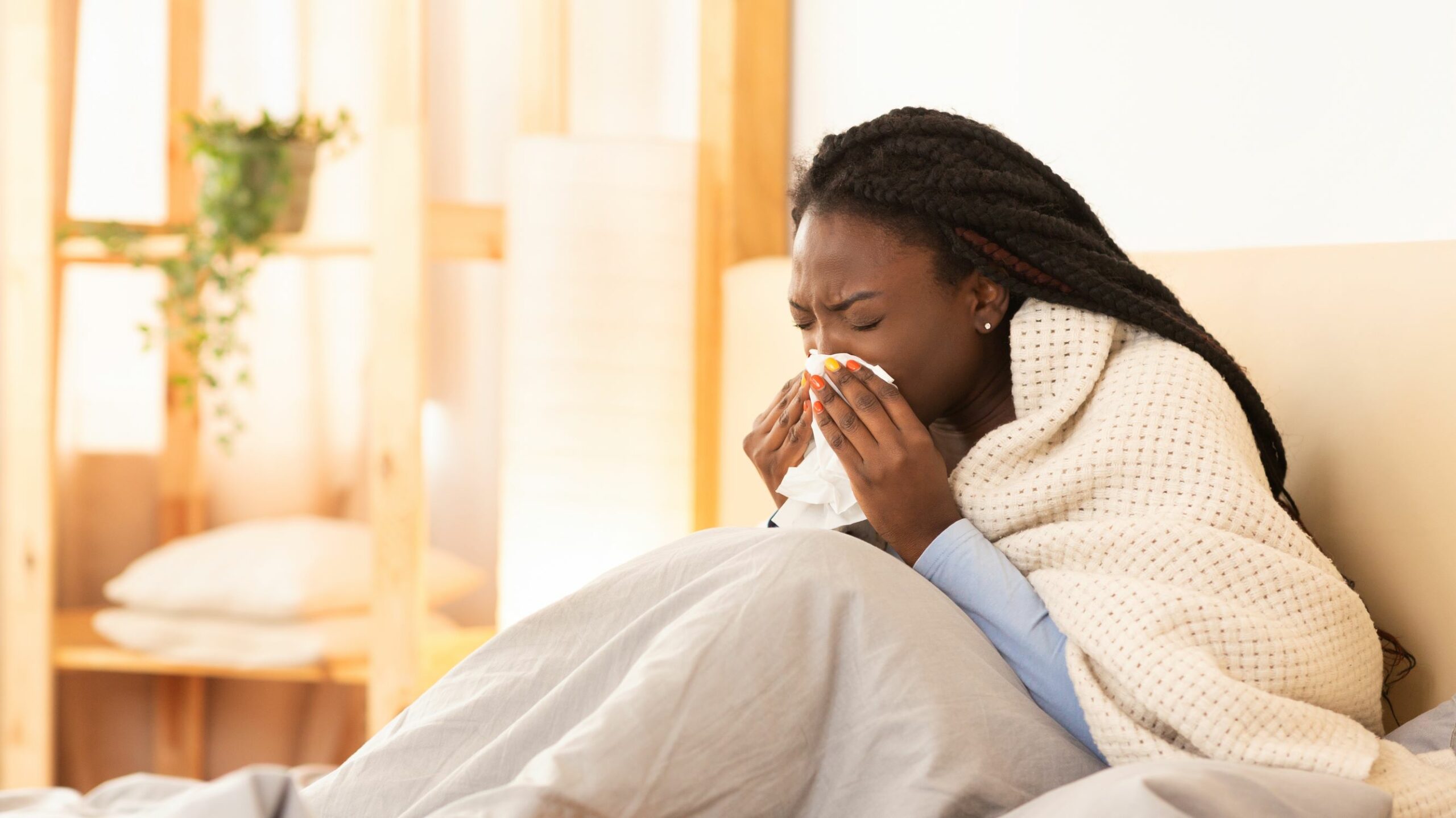Spring is fast approaching in the United States. During the early weeks of March until late April, some people get allergy attacks from pollen being released into the air. Symptoms from allergy attacks can range from sneezing, a runny nose to itching skin, swelling, and difficulty in breathing. Here are some things you can do to manage spring allergies:
1. Know your pollen triggers
It can be oak, maple, birch, elm, sycamore, hickory, or house molds. There are many pollens triggers out there, so it’s best to work with your doctor to know which pollens or mold spores you are sensitive to. You can also monitor pollen counts, which are included in weather reports during allergy seasons.
2. Minimize your pollen exposure
Simple changes make a big difference. Staying inside your homes can help, especially on windy days and early morning hours, when pollen counts are highest.
Once you arrive home, make sure to take a shower and change your clothes immediately, too. Close all windows and use an air conditioner instead of a fan to cool your home. Prevent pollen outside from coming in.
Clean floors with a vacuum cleaner with a HEPA (high-efficiency particulate air) filter, and don’t hang your clothes or bed sheets during warmer weather. They’ll collect pollen while they hang outside.
Wear a mask when you head outdoors. Wear glasses or sunglasses also to keep pollen out of your eyes.
Avoid smoking because it can make your allergy symptoms worse.
3. Consider taking over-the-counter allergy medicines
Pollens, once inhaled, release histamine. Histamine causes allergic symptoms in your body, such as a runny nose, itching skin, or swelling. Taking anti-histamines can help remedy these symptoms in less than an hour. However, if you have severe symptoms such as difficulty breathing, you may need a specialist to prescribe allergy shots or long-term medications if simple measures don’t work.
Visit our website for more information: drkumo.com








